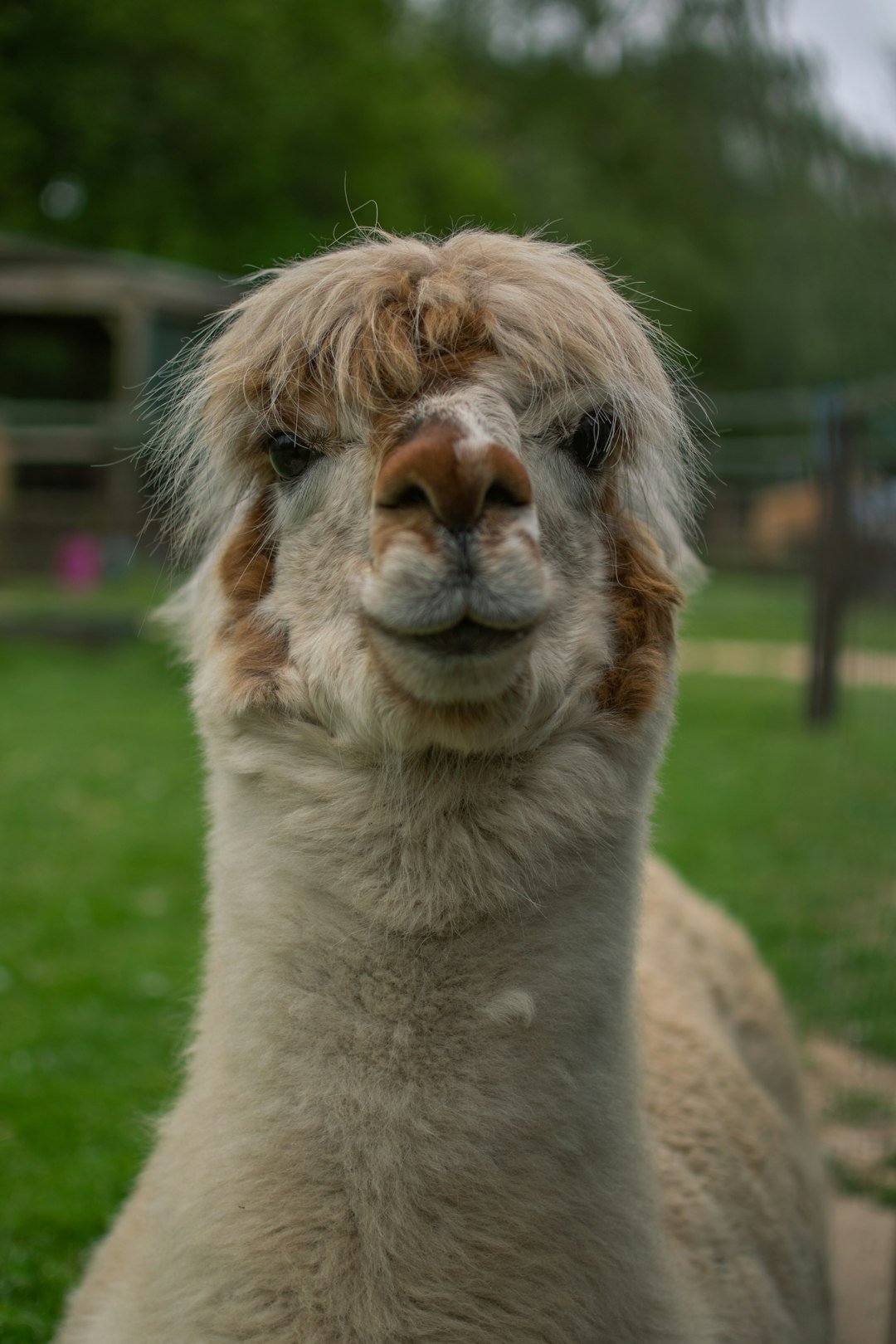Creating a Safe Sanctuary: How to Build the Ultimate Birdhouse
Birdhouses provide a safe and comfortable space for our feathered friends to call home. Building a birdhouse not only helps attract different bird species to our gardens but also offers a unique and rewarding DIY project. By following a few simple steps, you can create the ultimate birdhouse that will become a safe sanctuary and haven for these beautiful creatures.
1. Choose the Right Design: Before embarking on your birdhouse-building journey, selecting the right design is crucial. Different bird species have varying preferences when it comes to house design. For instance, bluebirds prefer shallow houses, while wrens enjoy compact and enclosed structures. Research the local bird species in your area and construct a birdhouse that suits their needs.
2. Select the Right Materials: The choice of materials plays a vital role in the durability and safety of your birdhouse. Opt for untreated wood, such as cedar or pine, as it is resistant to rot and insects. Avoid using pressure-treated wood or plywood, as they may contain harmful chemicals that could harm the birds. You will also need screws, nails, and non-toxic glue to assemble the birdhouse securely.
3. Determine the Dimensions: Proper dimensions are essential for a cozy and secure birdhouse. The size of the entrance hole is particularly crucial, as it determines which bird species can access the house. Most common backyard birds will require an entrance hole measuring around 1-1/2 inches in diameter. In addition, consider the interior dimensions, ensuring there is enough space for the birds to nest and raise their young comfortably.
4. Provide Proper Ventilation and Drainage: Ventilation and drainage are crucial aspects of creating a safe and healthy environment for birds. Drill small ventilation holes near the top of the sides to ensure proper air circulation inside the birdhouse. Additionally, create small drainage holes at the bottom corners of the structure to prevent the accumulation of water and moisture, which could lead to mold or rot.
5. Apply Non-Toxic Finishes: Applying finishes to your birdhouse helps protect it from the elements and extends its lifespan. However, it is crucial to choose non-toxic finishes, as birds may peck at the wood or come in contact with surfaces. Opt for water-based paints or stains that are free of harmful chemicals. Natural finishes like linseed oil or tung oil can also provide protection without posing any risks to the birds.
6. Select an Appropriate Location: The location of your birdhouse plays a significant role in attracting birds. Mount the birdhouse at a suitable height, preferably between five and ten feet above the ground. Ensure the entrance is facing away from prevailing winds and direct sunlight, providing a comfortable environment for the birds. Consider hanging the birdhouse on a pole or attaching it securely to a tree, fence, or wall.
7. Regular Maintenance: Once your birdhouse is ready and in use, regular maintenance is necessary to ensure its longevity. Inspect the birdhouse periodically for any damage or signs of wear, and make necessary repairs. Cleaning out the old nesting materials after birds have successfully raised their young is essential to prepare the house for future occupants.
Building a birdhouse is not only a fulfilling hobby but also a meaningful contribution to bird conservation. By providing a safe sanctuary for birds, you foster their well-being and contribute to the vitality of your local ecosystem. So, grab your tools and get started on building the ultimate birdhouse, and enjoy the beauty and serenity of watching birds thrive in their new home!

